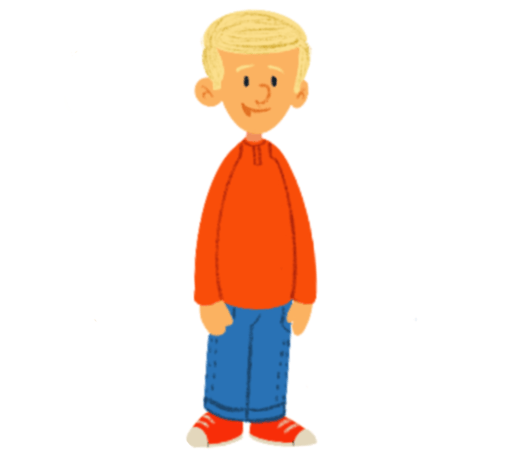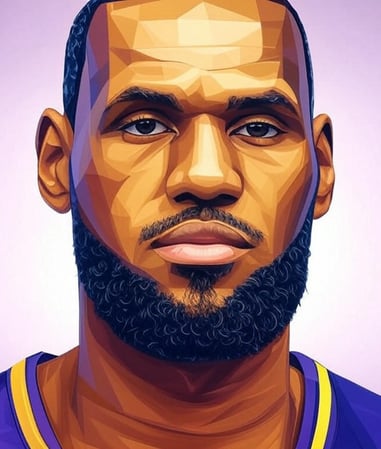Cognitive Accessibility


Welcome to Cognitive Accessibility! This disability is very complicated as it mainly hits on the brain or head. Because their is limited research on the brain right now, there is not a lot we can do other than early diagnosis through medical technology. A cognitive disability is a problem with a person's ability to think or perceive objects. Some might include: Autism, brain injuries, stroke, Alzheimer's, and other dementias. In this chapter, you will be able to understand the basics of interacting with people who have a cognitive disability.
Did You Know?
13.9 percent of people in the US alone have some type of cognitive disability, whether it is Autism, Alzheimer's, etc. (CDC.gov as if 2024)


How to approach a person who has a cognitive disability?
Whenever you approach someone has a cognitive disability, make sure to keep these in mind
DO's
Do be very patient when the person is trying to speak
Do try to be attentive to what the person is trying to say
Do use visual aids if communication is difficult for the person and you
Do adjust your approach when speaking to the person
Do speak clearly and simply to the person so it is less cognitive load
DONT's
Don't talk the person down by creating a childish tone towards them
Don't rush or pressure the person when they are speaking
Don't use abstract language with complex terms - keep it simple to understand
Don't get frustrated when the person is talking
Don't assume the person needs help every time they try to do something
If you want to learn more about these approaches, make sure to check this website (https://www.dhs.state.il.us - link is attached in the button):
Technology
There are multiple technologies that can help a person with a cognitive disability. Here are such AT's (Assistive Technology)
AT Readability Checkers
AT Simple Layouts and Reduced Animations
Famous people with cognitive impairments




Lebron James Bill Gates Walt Disney


